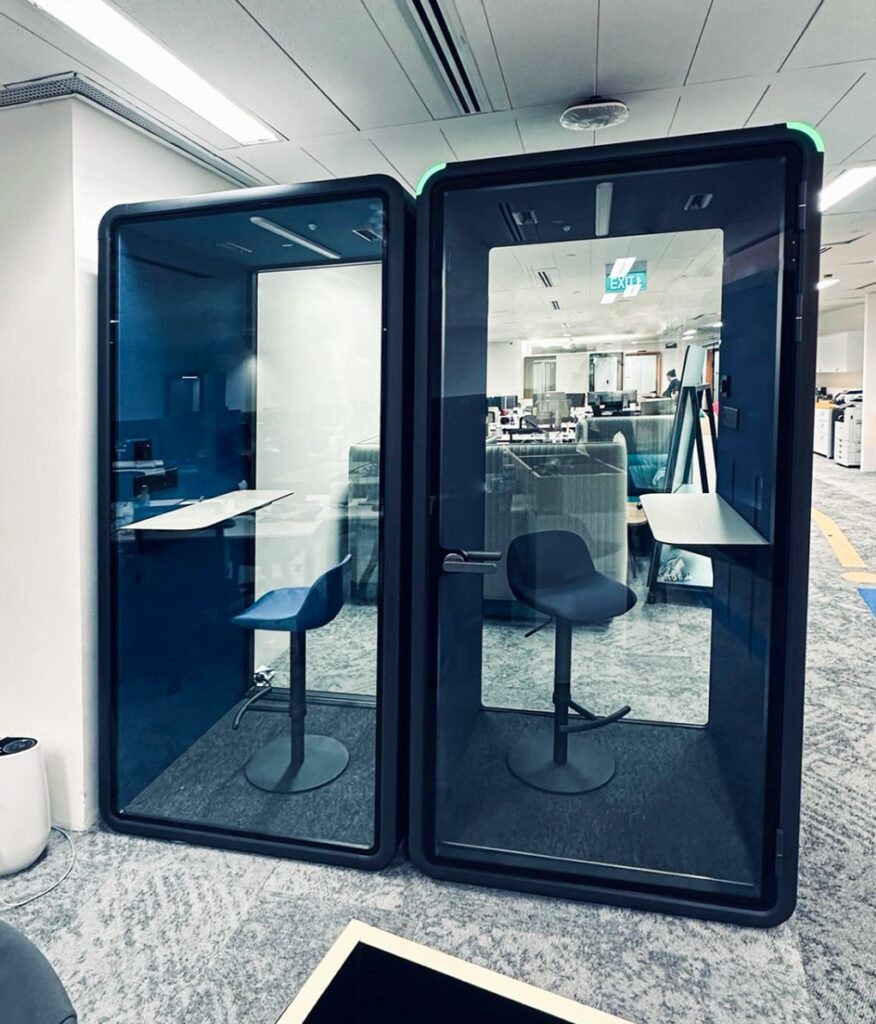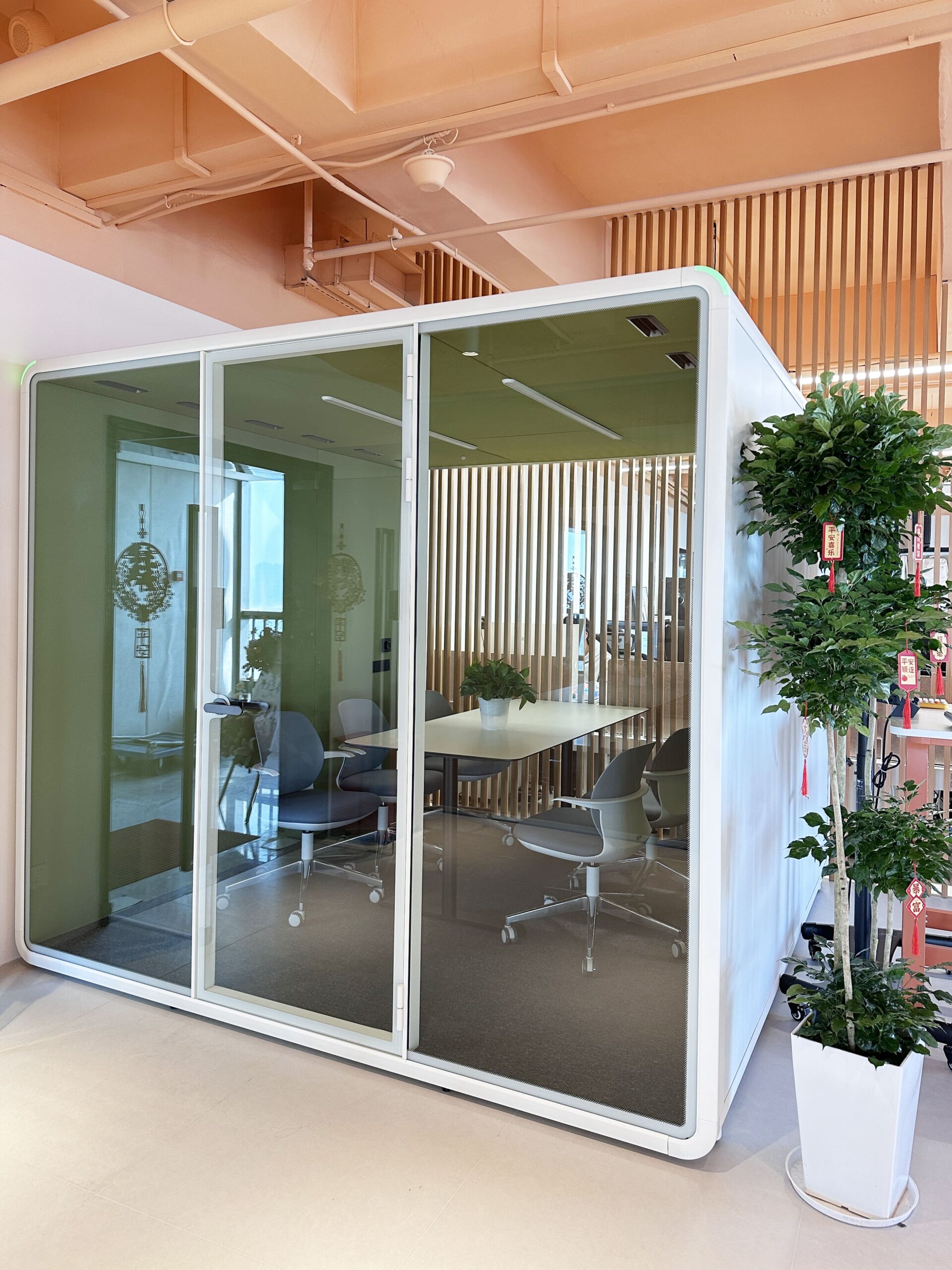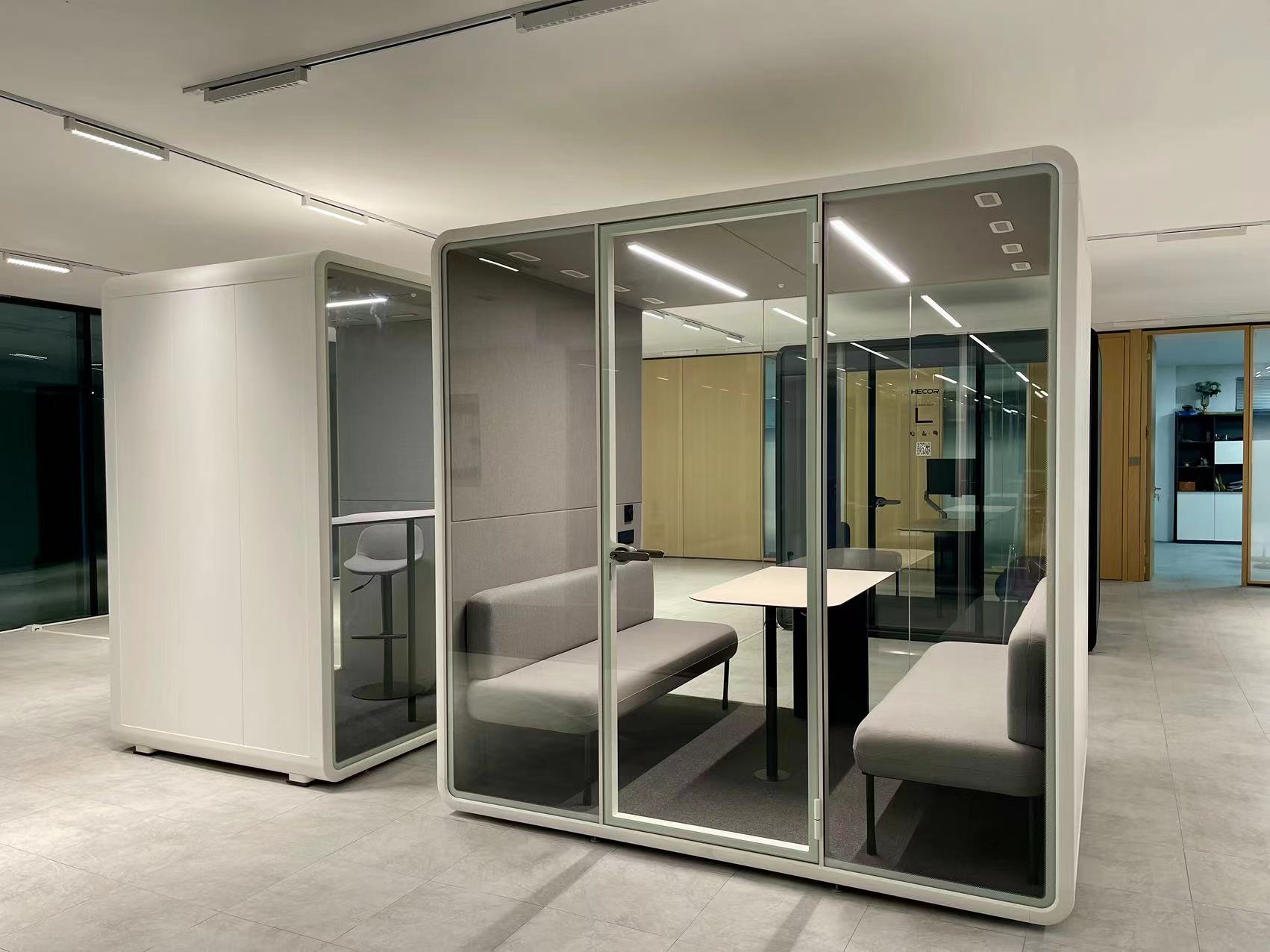Methods for Testing Sound Reduction in Decibels for Soundproof Pods
Testing the noise reduction capabilities of soundproof pods is crucial to ensure they meet performance standards and user expectations. Below are systematic methods for accurately measuring the decibel reduction achieved by these pods.
Establishing a Controlled Testing Environment
Creating a controlled environment is essential for obtaining reliable and consistent results.
- Selecting a Quiet Test Space:
Choose a location with minimal background noise to isolate the effects of the soundproof pod. Ideally, the ambient noise level should be below 30 decibels to avoid interfering with the test results. - Constructing a Soundproof Chamber:
If possible, conduct tests within a dedicated soundproof chamber or anechoic room. These spaces are designed to minimize sound reflections and external noise, providing an ideal testing environment. - Calibrating Equipment:
Ensure all testing equipment, such as sound level meters and microphones, are calibrated before use. This step guarantees accurate measurements and reduces the risk of errors.
Conducting Baseline Sound Measurements
Before testing the soundproof pod, establish a baseline to compare against the results obtained with the pod in place.
- Measuring Ambient Noise:
Record the ambient noise level in the test space without any additional sound sources. This measurement serves as a reference point for evaluating the pod’s noise reduction capabilities. - Introducing a Controlled Sound Source:
Use a calibrated sound source, such as a speaker or a noise generator, to produce a consistent sound level. Play a range of frequencies to simulate real-world noise conditions. - Recording Baseline Sound Levels:
Measure and record the sound levels at various frequencies with the sound source active but without the soundproof pod. This data will be used to calculate the decibel reduction achieved by the pod.

Testing the Soundproof Pod
With the baseline established, proceed to test the soundproof pod’s noise reduction capabilities.
- Positioning the Pod:
Place the soundproof pod in the test space, ensuring it is properly sealed and all doors or openings are closed. Position the sound source inside the pod to simulate internal noise or outside the pod to test external noise isolation. - Measuring Sound Levels Inside and Outside the Pod:
Use sound level meters to measure the sound levels inside and outside the pod at the same frequencies used during the baseline testing. Ensure the microphones are placed at consistent distances from the sound source. - Calculating Decibel Reduction:
Compare the sound levels measured with the pod in place to the baseline measurements. Calculate the difference in decibels for each frequency to determine the pod’s noise reduction capabilities.
Analyzing and Reporting Results
After completing the tests, analyze the data to draw meaningful conclusions and communicate the findings effectively.
- Identifying Frequency-Specific Performance:
Examine the decibel reduction results across different frequencies to identify any strengths or weaknesses in the pod’s noise reduction capabilities. This information can help users understand how the pod performs in various noise scenarios. - Comparing Against Industry Standards:
Refer to industry standards or guidelines to evaluate whether the pod’s noise reduction performance meets or exceeds expectations. This comparison provides context for interpreting the test results. - Documenting and Reporting Findings:
Compile the test data, analysis, and conclusions into a comprehensive report. Include details about the testing environment, equipment used, and methodology employed to ensure transparency and reproducibility.
Conclusion
Testing the noise reduction capabilities of soundproof pods in decibels requires a systematic approach, including establishing a controlled environment, conducting baseline measurements, testing the pod, and analyzing the results. By following these methods, users can accurately assess the pod’s performance and make informed decisions about its suitability for their needs. Regular testing and evaluation can also help identify areas for improvement and drive ongoing enhancements to soundproof pod design and functionality.



